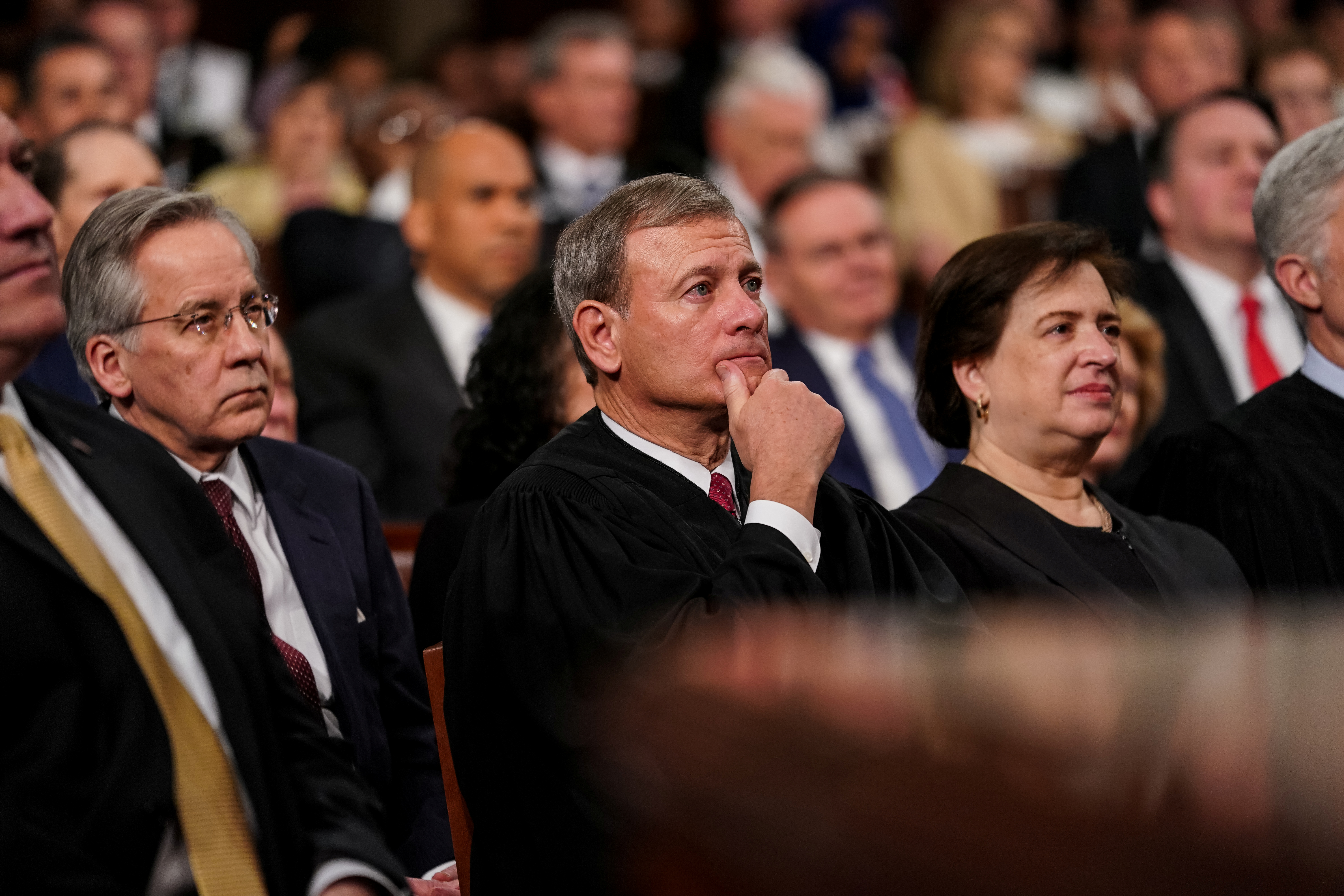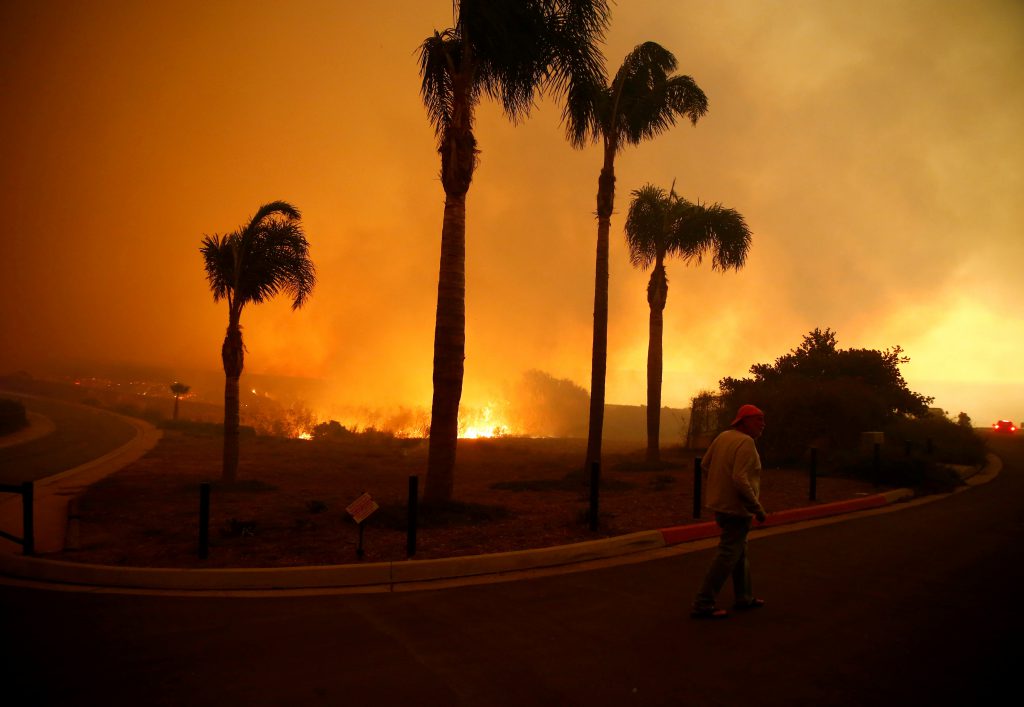Petitioners also argue the decision would subject taxpayers to costly permits and fines. The 9th Circuit ruling could also mean property owners with, say, septic tanks could be looped into a new regulatory scheme.
Michael Bastasch
US Supreme Court to take up Clean Water dispute
The U.S. Supreme Court will decide whether or not the 9th U.S. Circuit Court of Appeals erred in a Clean Water Act (CWA) case that petitioners say would dramatically expand the law’s reach.
The case, County of Maui, Hawaii, v. Hawaii Wildlife Fund, centers around whether or not the CWA requires permits for “nonpoint” sources of pollution that travel through regulated waterways.
Maui’s attorneys argue the 9th Circuit’s “radical expansion of point source permitting” goes beyond the CWA’s scope by applying its case-by-case test that expanded what projects require CWA permits.
Petitioners also argue the decision would subject taxpayers to costly permits and fines. The 9th Circuit ruling could also mean property owners with, say, septic tanks could be looped into a new regulatory scheme. The Environmental Protection Agency (EPA) oversees CWA permits, but the agency often delegates implementation to states — though EPA does issue CWA permits for Hawaii.
The Ninth Circuit appeals court unanimously ruled against Maui County in early 2018, siding with environmental activists who support the expansion of CWA authority. The county petitioned the Supreme Court to hear its case in August 2018.

Supreme Court Justices John Roberts and Elena Kagan during the State of the Union address at the Capitol in Washington, D.C., on Feb. 5, 2019. Doug Mills/Pool via REUTERS
Specifically at issue here are underground wastewater injection wells part of the 40-year-old Lahaina Wastewater Reclamation Facility. The project reclaims wastewater from homes and businesses but is also a major source of discharge into the Pacific Ocean.
CWA permits are required for discharges from so-called “point sources,” like the Lahaina facility, into navigable waterways but not pollution from “nonpoint sources,” like groundwater — the latter are regulated under a separate regulatory regime.
However, the 9th Circuit ruled that, on a case-by-case basis, “point sources” that discharge pollution into groundwater that eventually migrates into navigable waters are subject to CWA permits.
“At bottom, this case is about preventing the County from doing indirectly that which it cannot do directly,” Judge D.W. Nelson ruled for the appeals court in February 2018. “To hold otherwise would make a mockery of the CWA’s prohibitions.”
Nelson’s opinion relied heavily on former Justice Antonin Scalia’s plurality opinion in Rapanos v. United States.
Environmentalists say the 9th Circuit correctly applied the plurality decision in Rapanos that “broadly forbids all unpermitted point source discharges” into navigable waters.

U.S. President Donald Trump talks with U.S. Supreme Court Justice Neil Gorsuch (L) and Associate Justice Brett Kavanaugh … REUTERS/Jonathan Ernst
“There is no basis for Petitioner’s alarmist claim the 9th Circuit’s decision sweeps millions of new sources into” new permitting, environmentalists wrote in their high court petition.
However, petitioners and their allies argue the 9th Circuit incorrectly applied Rapanos in this case.
“The plurality opinion nowhere addresses whether groundwater pollution could ever be subject to direct CWA regulation,” reads a petition filed by the Pacific Legal Foundation (PLF), the group that represented the petitioners in Rapanos.
See more from Michael Bastasch and Daily Caller here
Free Range Report
Thank you for reading our latest report, but before you go…
Our loyalty is to the truth and to YOU, our readers!
We respect your reading experience, and have refrained from putting up a paywall and obnoxious advertisements, which means that we get by on small donations from people like you. We’re not asking for much, but any amount that you can give goes a long way to securing a better future for the people who make America great.
[paypal_donation_button]
For as little as $1 you can support Free Range Report, and it takes only a moment.



